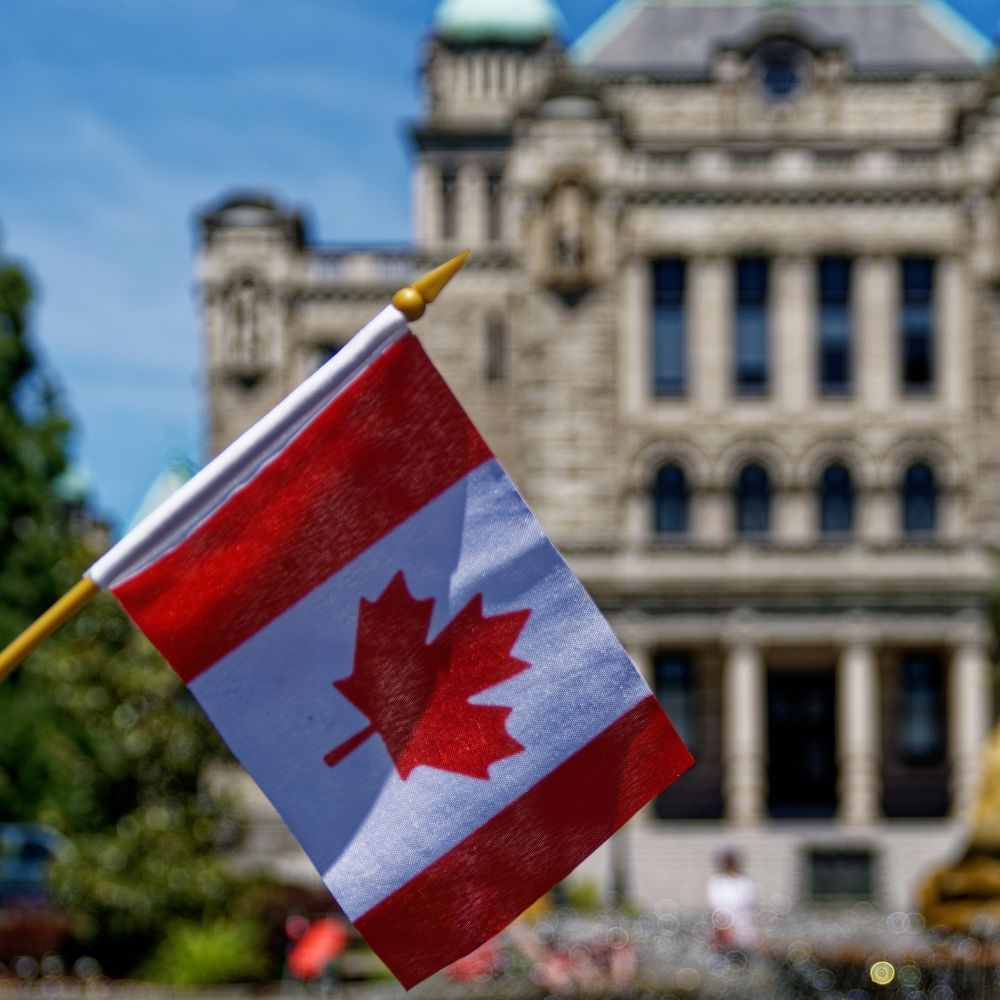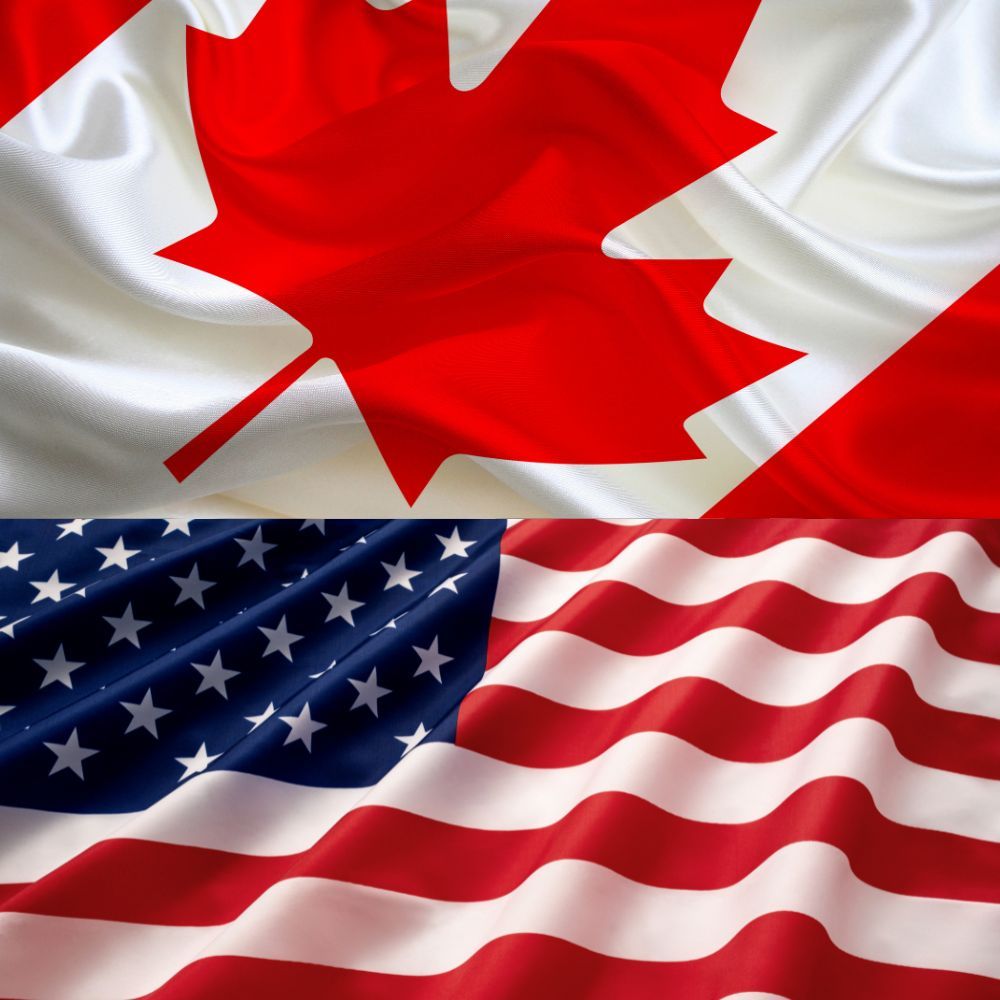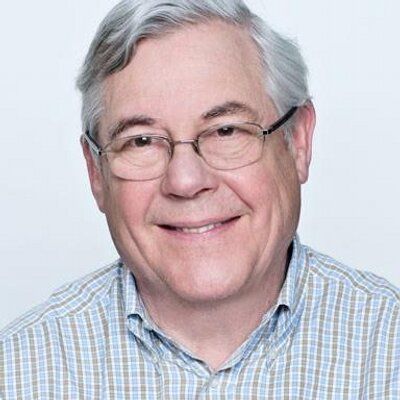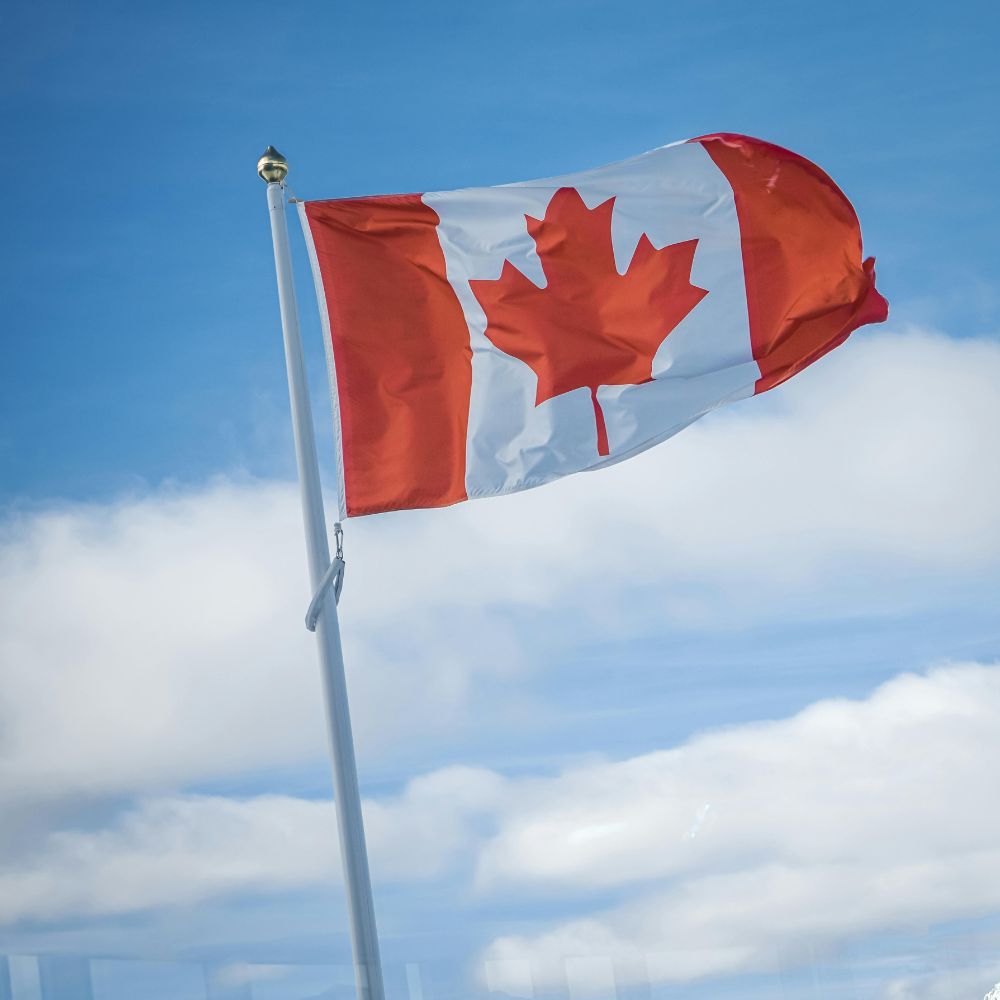What Has Carney Got That Poises Him To Win
I’ve seen a lot of Mark Carneys in the last few weeks and the very fact that he is not your typical pumped up politician has made him more and more likeable and trusted by me and apparently enough Canadians to position him to win the election.
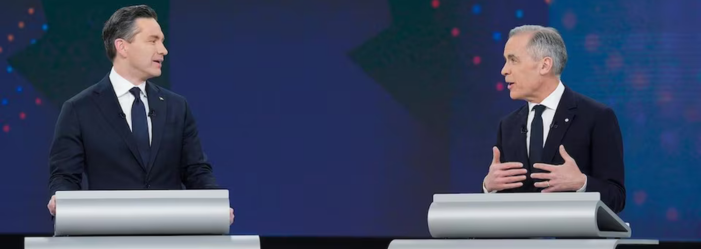
In fact, his thoughtful, informed calm speaking style and the authentic way he interacts with the public reminds me very much of my old boss Pierre Trudeau, himself also not a natural politician but a thoughtful genuine leader. I so remember his quietly making a key point in a speech rather than loudly emphasizing it – a technique Carney uses to effect. In a time of crisis what we need above all is believable competence in economic policy and deep experience in high level decision making in Canada and internationally. This in a very Canadian unflashy way is what he
demonstrates.
His quiet demeanor masks a deep determination to turn the crisis we face into an opportunity to rebuild a strong Canada. He is proposing further spending arguing that in a crisis the private sector pulls back and government has to step in with what he calls an “overwhelming force”, a strategy he used here in the 2008-09 financial crisis and in post Brexit England where he was also Governor of its Bank. His strategy is is very convincing he is
the man to execute it.
He also has convinced us that he is the mature skilled negotiator that can get Canada a new deal from the mercurial Trump who obviously was impressed by him. Strength recognizes strength. He was also the first to sell off US bonds and urged other countries to follow which spooked Trump into revisiting his tariff policies.
I think we can see the impressive Oxford hockey player in him. He is married to the equally notable goal scorer from the women’s Oxford team (where they met) his athletic wife, the economist Diana Fox. Three smart girls make up their treasured family.
Carney, the son of two activist teachers, grew up in Edmonton, earned a bachelor’s degree (1988) from Harvard University, where his interest in economics was kindled by the lectures of another Canadian-born economist, John Kenneth Galbraith. He then studied economics at the University of Oxford (M.Phil., 1993; D.Phil., 1995). Prior to and following his studies at Oxford, Carney worked for Goldman Sachs in New York, rising to become
managing director of investment banking.
He is a practicing Catholic and meditates for 20 minutes a day. His eulogy to the Pope was a masterpiece – he called him, “a voice of moral clarity and boundless compassion. He was in many respect’s the world’s conscience never hesitating to challenge the powerful on behalf of the vulnerable.” Obviously like PET a man of considerable depth. We need such a leader.
His calm under relentless attacks in two debates ensured that his positive polling numbers remained almost unchanged. Nationally poll tracker shows Liberals at 43.1%, Conservative at 38.4% and NDP at 8.3%. The two-way race shows NDP support bleeding to the Liberals. The provincial data in vote rich provinces is even more convincing. Liberals are way ahead in the Maritimes and Urban Ontario and enjoy a comfortable 40.4% lead in Quebec.
As far as how Canadians feel on issues that matter Angus Read Institute reported: “Carney holds advantages on nearly all top issues for Canadians, though he and Poilievre are tied on ‘reducing the cost of living’ with 37 per cent of Canadians choosing each. Carney is preferred by 24 points on handling the U.S. trade relationship, 26 points on growing non-U.S. trade, 15 points on growing the economy, and 13 points on improving
health care. Carney’s overfall favourability holds at 54 per cent (the second last week of April), while Poilievre’s ticks upward to 38 per cent.
It would take a world shaking Liberal gaff or a “bozo eruption” from a Liberal candidate to spoil what looks like and inevitable Carney majority. Then the big test for him begins.
Patrick Gossage Insider Political Views
